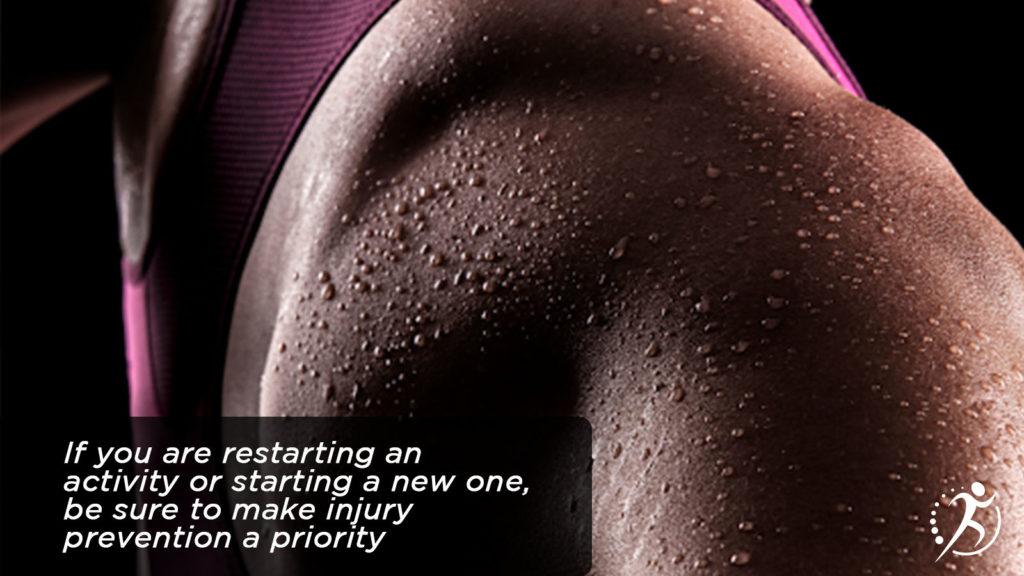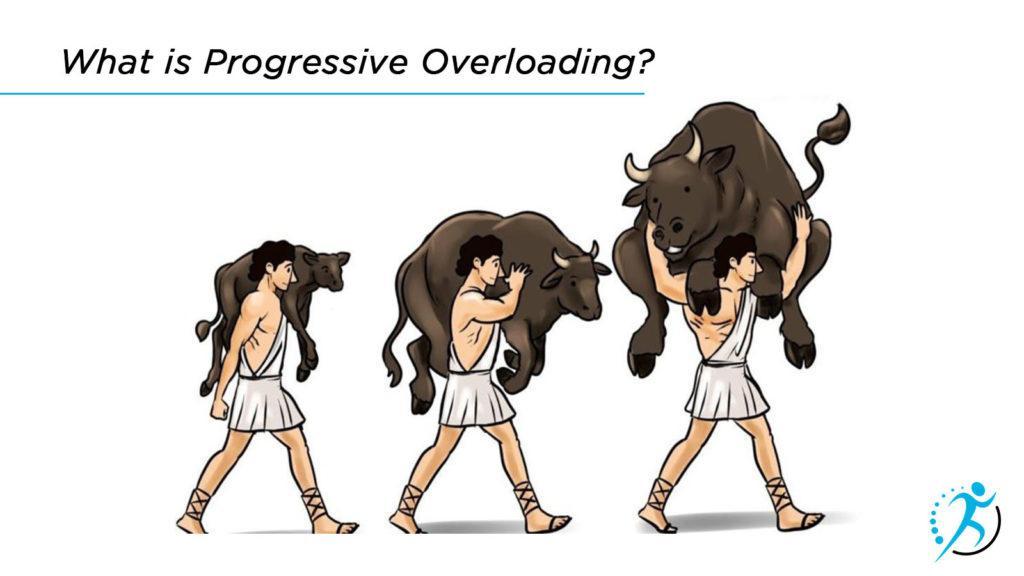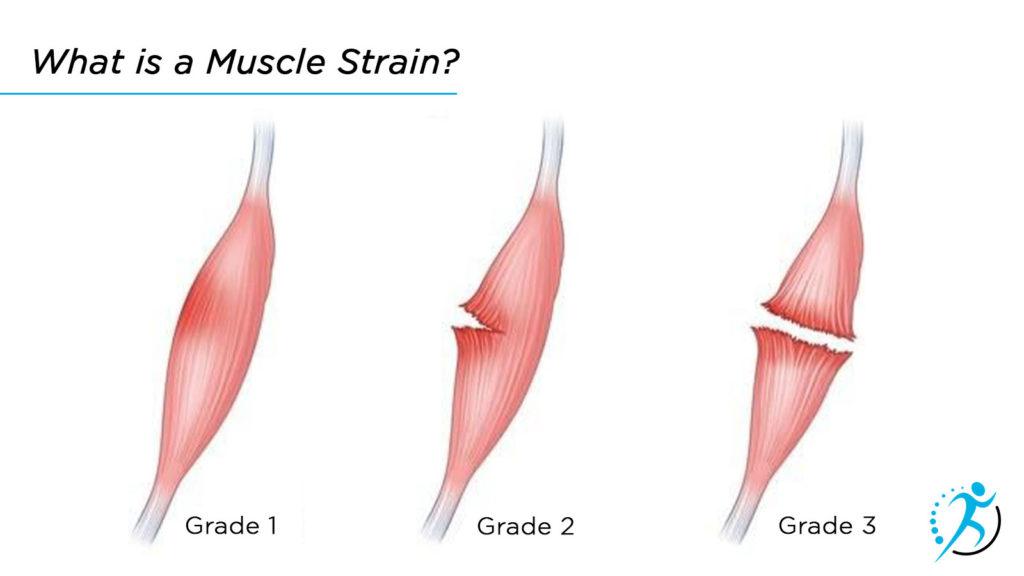
THE GYMS ARE OPEN! 6 TIPS TO HELP PREVENT AN INJURY
The last year, 2months, and 23 days have been difficult (but who’s counting?). COVID-19 and the restrictions surrounding it have affected our relationships, our work, our education, and our health.

Fitbit released data showing that average weekly step counts decreased by 14% in Canada in the first week of widespread lockdowns. An international survey also showed that the average person spent an extra 3hrs sitting during a COVID-19 lockdown compared to pre-lockdown.
As the reopening process begins and outdoor activities, gyms, and organized sports become available – the tendency may be to jump right back into the activity that we have been desperately missing.
Before you do this, take a second to PAUSE.
Yes, increasing your levels of physical activity is great for your physical and mental health. But, if you increase your activity levels too quickly, you may sustain an injury which will put you right back where you started.

But, if you increase your activity levels too quickly, you may sustain an injury which will put you right back where you started.
So, if you are restarting an activity or starting a new one, be sure to make injury prevention a priority so that you can continue to participate for the long-term.
Before we talk about how to avoid injury, first consider:
What causes an injury when starting/restarting an activity?
Injury occurs when the load you place on your tissues exceeds the tissues’ tulerance. This means you push your body beyond what it is prepared for.
Ok, but isn’t tissue overload needed to improve?
Yes, this is right, but it is not quite so simple.
Activity at the right load will cause microscopic damage to your body’s tissues. With recovery, the body will repair itself slightly stronger than it was before. However, if the load is too great, or there is insufficient recovery, the damage isn’t properly repaired. This causes injury.
Think about it this way – Milo of Croton, the Ancient Greek wrestler reportedly carried a bull on his shoulders for training. He was able to do so by starting with a newborn calf and carrying it every day for four years. As the calf slowly but inevitably grew, so did his strength.

To reduce the risk of injury, you should approach new or renewed activities like Milo carrying the bull. Start small and gradually but consistently increase the load over time. That said, if you are trying to avoid injury, maybe ‘steer’ clear of the cattle.
What injuries are common when starting a new activity?
The two most common injuries when starting a new activity are tendinopathies and muscle strains.
What is a tendinopathy?
- An umbrella term for injury to the tendons (tissues that connect muscle to bone).
- They involve inflammation and/or breakdown of the tendon tissue.

- They can occur with a sudden stress or with repetitive stress without adequate recovery
- Common tendinopathies include:
- Tennis elbow, where tendons that attach to the lateral epicondyle (outside of elbow) are affected. This is common in racquet sports and lifting weights but can occur with other repetitive arm and wrist movements such as typing, carpentry, or raking.
- Gulfer’s elbow, where tendons that attach to the medial epicondyle (inside of elbow) are affected. This is common in gulfers, improper technique with racquet sports or lifting weights as well as carpentry and raking.
- Jumper’s knee, where the patellar tendon is affected. This is more common with sports that require jumping or running on hard surfaces.
- Pitcher’s shoulder, which affects the tendons of the rotator cuff. It is common in sports with repeated throwing or overhead movement such as vulleyball or swimming.
What is a muscle strain?
- An overstretch or tear injury that can occur in the muscle, at the connection between the muscle and tendon, or in the tendon.
- These injuries are more likely to occur with fatigue, overuse, or improper use of a muscle.
- There are 3 grades of muscle strains based on the severity of the tear:

- Any skeletal muscle can be strained. The most common muscles are those that:
- cross two joints;
- Ex. gastrocnemius (a muscle in your calf), hamstring (back of thigh), quadriceps (front of thigh);
- contain a high percentage of fast twitch fibers; or
- are used to decelerate or accelerate a movement.
- cross two joints;
Now that you know more about injuries, use these 6 tips to help prevent them:
6 Tips to help prevent injury
- Prepare
- Equipment
- Ensure you have the proper size of equipment to avoid altered movement patterns.
- Ensure you wear clothes that are comfortable and do not restrict your range of motion.
- Dress for the weather conditions.
- Hydration
- Many factors can influence the amount of fluid you need to stay hydrated including your weight, activity level, temperature, and body composition.
- The easiest way to ensure you are drinking enough water is to check the colour of your urine and adjust your fluid intake accordingly. Below is a picture for you to take to the loo and investigate.

- If you are unsure of how much water to be drinking during activity, Camelback has an easy-to-use hydration calculator that can help here
- Warm-up
-
- Dynamic stretches should be conducted before activity to improve your performance.
- What is a dynamic stretch? A dynamic stretch is an active movement that stretches your muscles through range. A dynamic stretch is not held at end range like static stretches.
- Dynamic stretches that are activity specific will prepare your body for the movements you are about to perform.
- Here are some examples of activity specific, dynamic warm-ups:
https://youtu.be/Aw0zfAcmp8Y
-
- Equipment
- Start Right
- Choose the right load for activity:
- If your activity levels have changed during COVID, you do not want to restart activity using your pre-COVID load.
- As general rule of thumb, start at 50% of you pre-COVID load and increase gradually. For example, if you used to lift 50lbs for 5 repetitions, instead try 25lbs.
- Type of activity:
- Be cautious with plyometric (jumping) exercises at first. Instead, try slower controlled movements and gradually progress to faster and more explosive movements.
- Choose the right load for activity:
- Monitor
- Track the amount of activity that you perform. This can be as easy as calculating your total activity time in a week.
- Review your activity from the previous week and increase your load gradually.
- Research has shown that 0.8-1.3 load progression per week is optimal for injury prevention [5]. For example, if in the last 4 weeks you ran an average of 10km/week, in the next week you should run between 8km and 13km to prevent injury.
- Mix It Up
- Try to avoid monthly challenges where you are doing the same movement every day. This will help reduce your risk of overuse injuries.
- Instead, mix up your routine with a variety of movements including cardiovascular, strengthening, flexibility and balance activities. For example, add weight training into your running routine, try a yoga class in addition to golf, or go for a hike outside instead of hitting the gym for a day.
- Recover
- Sleep is an important part of recovery. While you are sleeping your body naturally releases a growth hormone that is needed for repair, muscle growth, and building bone.
- Ensure that you are getting enough rest between sessions of strenuous activity. 2-3 days rest is recommended between activity that targets the same muscle groups
- Listen To Your Body
- Regardless of what activity you have planned, listen to and respect your body. Stop an activity if something doesn’t feel right.
- It is often difficult to know the difference between post-activity muscle soreness and an injury. Here are a few tips to help;
- Onset of pain: Sudden pain is likely due to an injury. Muscle soreness usually starts 2-24hrs after activity and peaks after about 36hrs.
- Duration of pain: Injury often causes prolonged pain or even pain that gets worse over time. Muscle soreness should decrease within 2-3 days.
- Type of pain: Sudden or sharp pain is likely due to an injury. Muscle soreness is often achy and tender to touch.
Most importantly, HAVE FUN with your activity! If at any point you think you have been injured, talk to your physiotherapist. They can help get you back to moving as quickly and safely as possible while preventing injury in the future.

Written by Kelly Barrie
Kelly is the owner of Avenue Physio and proud to be part of a supportive and personable team that is dedicated to providing a high quality of treatment and experience to patients. She has been a physiotherapist for over 25 years treating a range of orthopedic conditions including chronic pain, motor vehicle cullisions and sport injuries (from weekend warrior to high level). Kelly has always been passionate about movement and promoting healthy lifestyles. First, as a Certified Personal Trainer, and for the last 25 years as a physiotherapist. Kelly has completed the highest level of Certification in Manual and Manipulative Therapy that is internationally recognized (FCAMPT). Advanced knowledge of strengthening programs, manual therapy skills and critical thinking optimize her treatment plans for her patients so they can reach their movement goals.
References:
- Aicale, R. et al. (2018) Overuse injuries in sport: a comprehensive overview. Journal of Orthopaedic Surgery and Research, 13 (309) December.
- Ammar, A. et al. (2020) Effects of COVID-19 home confinement on eating behaviour and physical activity: results of the ECLB-COVID19 international online survey. Nutrients, 12 (6) June, pp.1583.
- Edwards, B. (2018) Modeling overuse injuries in sport as a mechanical fatigue phenomenon. Exercise and Sport Sciences Reviews, October, pp.224-231.
- Fitbit (2020) The impact of Coronavirus on global activity. [Online] Available from: Fitbit [Accessed June 2nd, 2021].
- Gabbett, T. (2016) The training-injury prevention paradox: should athletes be training smarter and harder? British Journal of Sports Medicine, 50 (5) January, pp.273-280.

